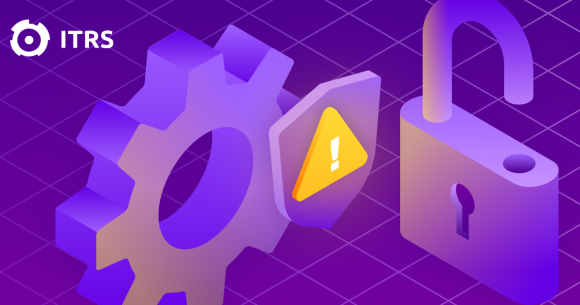How monitoring can protect hedge fund alpha
To prevent technology failures that lead to lost alpha-generating opportunities, hedge funds require real-time visibility of their trade flow.
Hedge funds rely on providing their customers a better rate of return than other, more traditional, investment vehicles. They call it generating alpha, and it helps attract new investment and to retain existing investors. But as markets become increasingly efficient, finding - and realizing - alpha is more difficult.
The last thing a hedge fund needs is uncontrolled risk. Especially the kind that can be easily identified and prevented – like failures in its technology stack. Because if one piece of technology fails, the fund can miss out on alpha-generating opportunities.
Therefore, monitoring to ensure everything is working as it should be is “table stakes.” Without it they cannot win the alpha game.
Barriers to visibility
Hedge funds are notoriously tech savvy, but by using in-house, customized and cutting-edge technology it makes their visibility of the trading IT stack even more problematic. Many monitoring tools are not compatible. Critical technology failures can come from anywhere:
• IT systems, from data centers to servers and other infrastructure, must be functioning to capitalize on opportunities.
• Market data feeds are crucial to knowing where market prices are. If quotes are stale, markets are crossed or feeds are slow, a trade can be off market.
• Order management systems (OMS) are essential for entering and feeding trades through the system. If they fail, the trade can fail.
• Risk management systems ensure whether trades exceed limits or violate regulations. If these systems fail, they could either see the deal cancelled or could face regulatory fines.
• Back-office systems like clearing and settlement ensure a trade is completed. If a trade is not completed, there is no alpha to be gained - but plenty of possible risk.
Hedge fund dependencies
Hedge funds are dependent on having constant low-latency visibility of trade flow technology - from real-time data and OMS to external networks, applications, and third-party services such as clearing.
Knowing what is working – and what isn’t – at any given moment during the trade workflow only happens with good monitoring. It makes the difference between hedge funds snapping up alpha or losing the opportunity. Being able to see the status of all the components in real time is the high-quality monitoring these live trading environments demand.
Monitoring = less risk of IT failure
Only by using a single-pane-of-glass view of all its data feeds, trading systems, networks, applications, and third-party services can a hedge fund be sure it has the visibility it needs to produce alpha. Rigorous, real-time monitoring provides:
• Comprehensive, end-to-end view of trading infrastructure
• Improved operational performance
• Proactive remediation of any infrastructure weaknesses.
Demanding environments require ITRS Geneos, a single integrated system that achieves a real-time, end-to-end view of trading infrastructure including applications, transaction flows and connections to external services.




